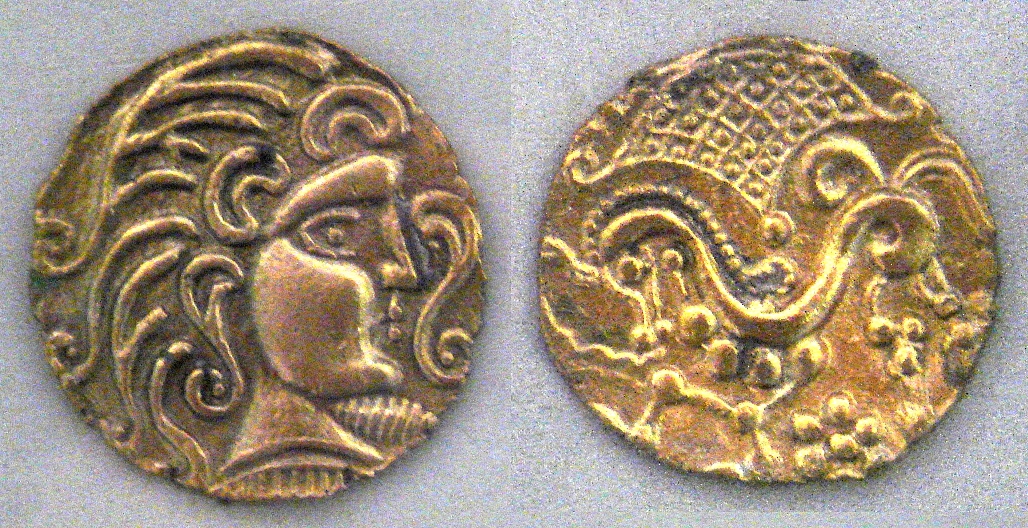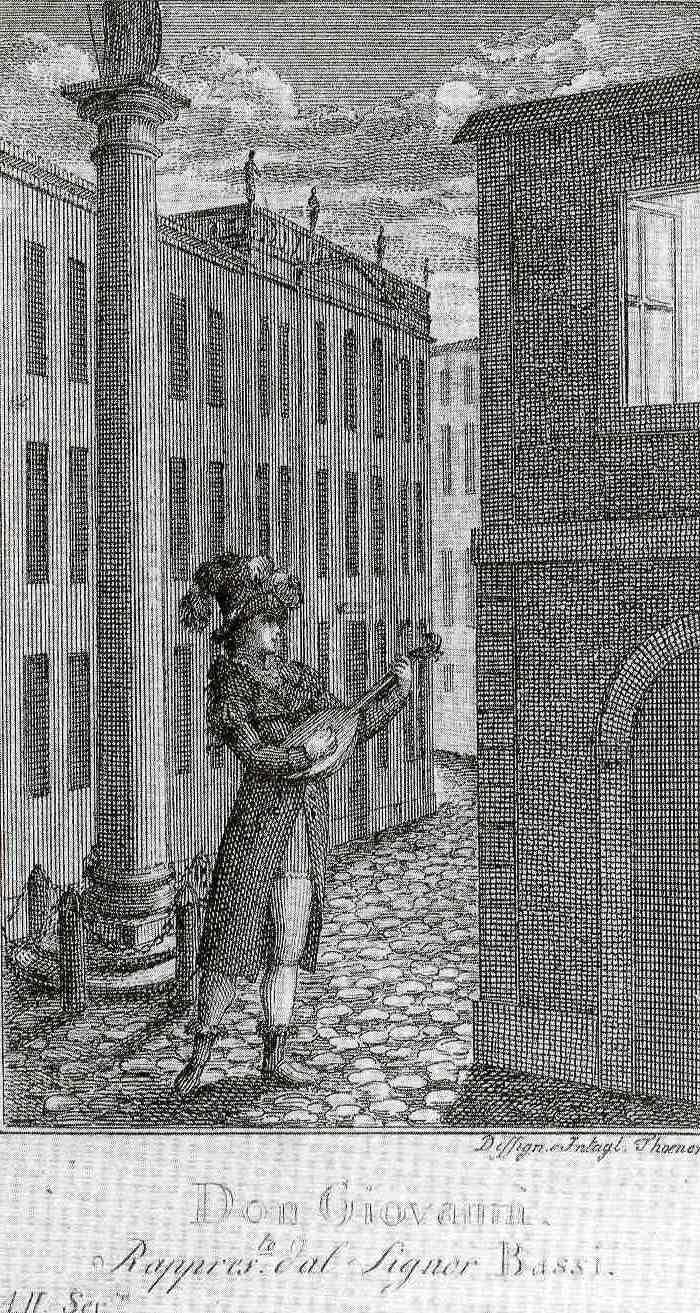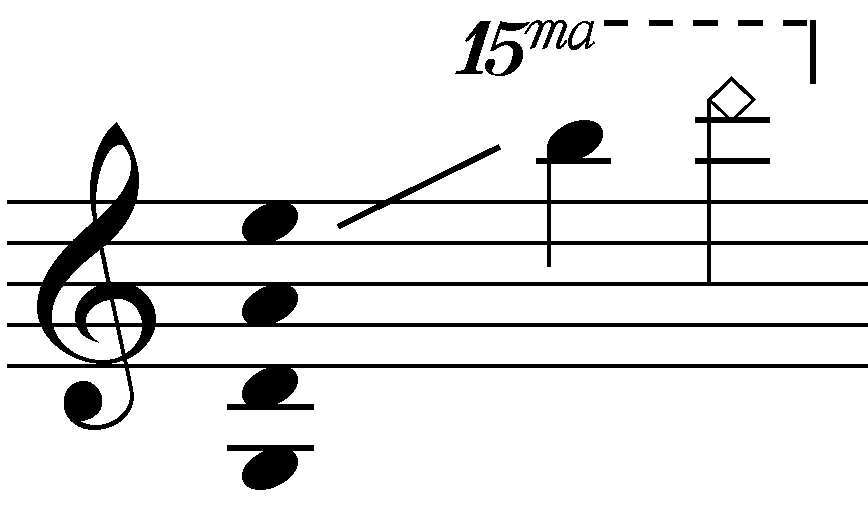|
Carmine De Laurentiis
Carmine de Laurentiis was a 19th-century Italian mandolinist, musical educator, author and composer who taught mandolin and guitar in Naples. His only well-known student was Carlo Munier. He wrote a mandolin method, ''Metodo per Mandolino'', that was published in Milan in 1874, reported the following year in the ''Musical World''. The article mentioning Laurentiis' method talked about the decline of the mandolin, calling the mandolin "entirely out of fashion." He is significant because his efforts helped to bring the mandolin back to international prominence after a period of international indifference, by teaching and promoting the instrument. His mandolin method was accessible not only for Italian speakers, but with the English addition compiled by Federico Sacchi, people in England as well. Decline of the mandolin The mandolin was used internationally on the European continent in the mid 18th century up through the early 19th-Century, by Italian virtuoso-players touring Europe ... [...More Info...] [...Related Items...] OR: [Wikipedia] [Google] [Baidu] |
Mandolin
A mandolin ( it, mandolino ; literally "small mandola") is a stringed musical instrument in the lute family and is generally plucked with a pick. It most commonly has four courses of doubled strings tuned in unison, thus giving a total of 8 strings, although five (10 strings) and six (12 strings) course versions also exist. There are of course different types of strings that can be used, metal strings are the main ones since they are the cheapest and easiest to make. The courses are typically tuned in an interval of perfect fifths, with the same tuning as a violin (G3, D4, A4, E5). Also, like the violin, it is the soprano member of a family that includes the mandola, octave mandolin, mandocello and mandobass. There are many styles of mandolin, but the three most common types are the ''Neapolitan'' or ''round-backed'' mandolin, the ''archtop'' mandolin and the ''flat-backed'' mandolin. The round-backed version has a deep bottom, constructed of strips of wood, glued toge ... [...More Info...] [...Related Items...] OR: [Wikipedia] [Google] [Baidu] |
Arpeggios
A broken chord is a chord broken into a sequence of notes. A broken chord may repeat some of the notes from the chord and span one or more octaves. An arpeggio () is a type of broken chord, in which the notes that compose a chord are played or sung in a rising or descending order. An arpeggio may also span more than one octave. Being an Italian noun, its plural is ''arpeggi''. The word ''arpeggio'' comes from the Italian word ''arpeggiare'', which means ''to play on a harp''. Even though the notes of an arpeggio are not played or sung all together at the same time, listeners hear the sequence of notes as forming a chord. When an arpeggio also contains passing tones that are not part of the chord, different music theorists may analyze the same musical excerpt differently. Arpeggios enable composers writing for monophonic instruments that play one note at a time (e.g., flute, saxophone, trumpet), to voice chords and chord progressions in musical pieces. Arpeggios and broken ... [...More Info...] [...Related Items...] OR: [Wikipedia] [Google] [Baidu] |
Musicians From Naples
A musician is a person who composes, conducts, or performs music. According to the United States Employment Service, "musician" is a general term used to designate one who follows music as a profession. Musicians include songwriters who write both music and lyrics for songs, conductors who direct a musical performance, or performers who perform for an audience. A music performer is generally either a singer who provides vocals or an instrumentalist who plays a musical instrument. Musicians may perform on their own or as part of a group, band or orchestra. Musicians specialize in a musical style, and some musicians play in a variety of different styles depending on cultures and background. A musician who records and releases music can be known as a recording artist. Types Composer A composer is a musician who creates musical compositions. The title is principally used for those who write classical music or film music. Those who write the music for popular songs ma ... [...More Info...] [...Related Items...] OR: [Wikipedia] [Google] [Baidu] |
Italian Mandolinists
Italian(s) may refer to: * Anything of, from, or related to the people of Italy over the centuries ** Italians, an ethnic group or simply a citizen of the Italian Republic or Italian Kingdom ** Italian language, a Romance language *** Regional Italian, regional variants of the Italian language ** Languages of Italy, languages and dialects spoken in Italy ** Italian culture, cultural features of Italy ** Italian cuisine, traditional foods ** Folklore of Italy, the folklore and urban legends of Italy ** Mythology of Italy, traditional religion and beliefs Other uses * Italian dressing, a vinaigrette-type salad dressing or marinade * Italian or Italian-A, alternative names for the Ping-Pong virus, an extinct computer virus See also * * * Italia (other) * Italic (other) * Italo (other) * The Italian (other) The Italian may refer to: * ''The Italian'' (1915 film), a silent film by Reginald Barker * ''The Italian'' (2005 film), a Russian film by An ... [...More Info...] [...Related Items...] OR: [Wikipedia] [Google] [Baidu] |
19th-century Italian Composers
The 19th (nineteenth) century began on 1 January 1801 ( MDCCCI), and ended on 31 December 1900 ( MCM). The 19th century was the ninth century of the 2nd millennium. The 19th century was characterized by vast social upheaval. Slavery was abolished in much of Europe and the Americas. The First Industrial Revolution, though it began in the late 18th century, expanding beyond its British homeland for the first time during this century, particularly remaking the economies and societies of the Low Countries, the Rhineland, Northern Italy, and the Northeastern United States. A few decades later, the Second Industrial Revolution led to ever more massive urbanization and much higher levels of productivity, profit, and prosperity, a pattern that continued into the 20th century. The Islamic gunpowder empires fell into decline and European imperialism brought much of South Asia, Southeast Asia, and almost all of Africa under colonial rule. It was also marked by the collapse of the lar ... [...More Info...] [...Related Items...] OR: [Wikipedia] [Google] [Baidu] |
Prague
Prague ( ; cs, Praha ; german: Prag, ; la, Praga) is the capital and largest city in the Czech Republic, and the historical capital of Bohemia. On the Vltava river, Prague is home to about 1.3 million people. The city has a temperate oceanic climate, with relatively warm summers and chilly winters. Prague is a political, cultural, and economic hub of central Europe, with a rich history and Romanesque, Gothic, Renaissance and Baroque architectures. It was the capital of the Kingdom of Bohemia and residence of several Holy Roman Emperors, most notably Charles IV (r. 1346–1378). It was an important city to the Habsburg monarchy and Austro-Hungarian Empire. The city played major roles in the Bohemian and the Protestant Reformations, the Thirty Years' War and in 20th-century history as the capital of Czechoslovakia between the World Wars and the post-war Communist era. Prague is home to a number of well-known cultural attractions, many of which survived ... [...More Info...] [...Related Items...] OR: [Wikipedia] [Google] [Baidu] |
Paris
Paris () is the capital and most populous city of France, with an estimated population of 2,165,423 residents in 2019 in an area of more than 105 km² (41 sq mi), making it the 30th most densely populated city in the world in 2020. Since the 17th century, Paris has been one of the world's major centres of finance, diplomacy, commerce, fashion, gastronomy, and science. For its leading role in the arts and sciences, as well as its very early system of street lighting, in the 19th century it became known as "the City of Light". Like London, prior to the Second World War, it was also sometimes called the capital of the world. The City of Paris is the centre of the Île-de-France region, or Paris Region, with an estimated population of 12,262,544 in 2019, or about 19% of the population of France, making the region France's primate city. The Paris Region had a GDP of €739 billion ($743 billion) in 2019, which is the highest in Europe. According to the Economis ... [...More Info...] [...Related Items...] OR: [Wikipedia] [Google] [Baidu] |
Mandolin
A mandolin ( it, mandolino ; literally "small mandola") is a stringed musical instrument in the lute family and is generally plucked with a pick. It most commonly has four courses of doubled strings tuned in unison, thus giving a total of 8 strings, although five (10 strings) and six (12 strings) course versions also exist. There are of course different types of strings that can be used, metal strings are the main ones since they are the cheapest and easiest to make. The courses are typically tuned in an interval of perfect fifths, with the same tuning as a violin (G3, D4, A4, E5). Also, like the violin, it is the soprano member of a family that includes the mandola, octave mandolin, mandocello and mandobass. There are many styles of mandolin, but the three most common types are the ''Neapolitan'' or ''round-backed'' mandolin, the ''archtop'' mandolin and the ''flat-backed'' mandolin. The round-backed version has a deep bottom, constructed of strips of wood, glued toge ... [...More Info...] [...Related Items...] OR: [Wikipedia] [Google] [Baidu] |
Emigrants
Emigration is the act of leaving a resident country or place of residence with the intent to settle elsewhere (to permanently leave a country). Conversely, immigration describes the movement of people into one country from another (to permanently move to a country). A migrant ''emigrates'' from their old country, and ''immigrates'' to their new country. Thus, both emigration and immigration describe migration, but from different countries' perspectives. Demographers examine push and pull factors for people to be pushed out of one place and attracted to another. There can be a desire to escape negative circumstances such as shortages of land or jobs, or unfair treatment. People can be pulled to the opportunities available elsewhere. Fleeing from oppressive conditions, being a refugee and seeking asylum to get refugee status in a foreign country, may lead to permanent emigration. Forced displacement refers to groups that are forced to abandon their native country, such as by ... [...More Info...] [...Related Items...] OR: [Wikipedia] [Google] [Baidu] |
Napoleonic Wars
The Napoleonic Wars (1803–1815) were a series of major global conflicts pitting the French Empire and its allies, led by Napoleon I, against a fluctuating array of European states formed into various coalitions. It produced a period of French domination over most of continental Europe. The wars stemmed from the unresolved disputes associated with the French Revolution and the French Revolutionary Wars consisting of the War of the First Coalition (1792–1797) and the War of the Second Coalition (1798–1802). The Napoleonic Wars are often described as five conflicts, each termed after the coalition that fought Napoleon: the Third Coalition (1803–1806), the Fourth (1806–1807), the Fifth (1809), the Sixth (1813–1814), and the Seventh (1815) plus the Peninsular War (1807–1814) and the French invasion of Russia (1812). Napoleon, upon ascending to First Consul of France in 1799, had inherited a republic in chaos; he subsequently created a state with stable finan ... [...More Info...] [...Related Items...] OR: [Wikipedia] [Google] [Baidu] |
Tremolo
In music, ''tremolo'' (), or ''tremolando'' (), is a trembling effect. There are two types of tremolo. The first is a rapid reiteration: * Of a single note, particularly used on bowed string instruments, by rapidly moving the bow back and forth; plucked strings such as on a harp, where it is called '' bisbigliando'' () or "whispering". Tremolo picking, on traditionally plucked string instruments including guitar and mandolin, is the rapid articulation of single notes or a group of notes with a plectrum (pick) or with fingers. Tremolo playing sustains notes that would otherwise rapidly decay (fade to silence). * Between two notes or chords in alternation, an imitation (not to be confused with a trill) of the preceding that is more common on keyboard instruments. Mallet instruments such as the marimba are capable of either method. * A roll on any percussion instrument, whether tuned or untuned. A second type of tremolo is a variation in amplitude: * As produced on organs by tr ... [...More Info...] [...Related Items...] OR: [Wikipedia] [Google] [Baidu] |
Violin
The violin, sometimes known as a ''fiddle'', is a wooden chordophone (string instrument) in the violin family. Most violins have a hollow wooden body. It is the smallest and thus highest-pitched instrument (soprano) in the family in regular use. The violin typically has four strings (music), strings (some can have five-string violin, five), usually tuned in perfect fifths with notes G3, D4, A4, E5, and is most commonly played by drawing a bow (music), bow across its strings. It can also be played by plucking the strings with the fingers (pizzicato) and, in specialized cases, by striking the strings with the wooden side of the bow (col legno). Violins are important instruments in a wide variety of musical genres. They are most prominent in the Western classical music, Western classical tradition, both in ensembles (from chamber music to orchestras) and as solo instruments. Violins are also important in many varieties of folk music, including country music, bluegrass music, and ... [...More Info...] [...Related Items...] OR: [Wikipedia] [Google] [Baidu] |







